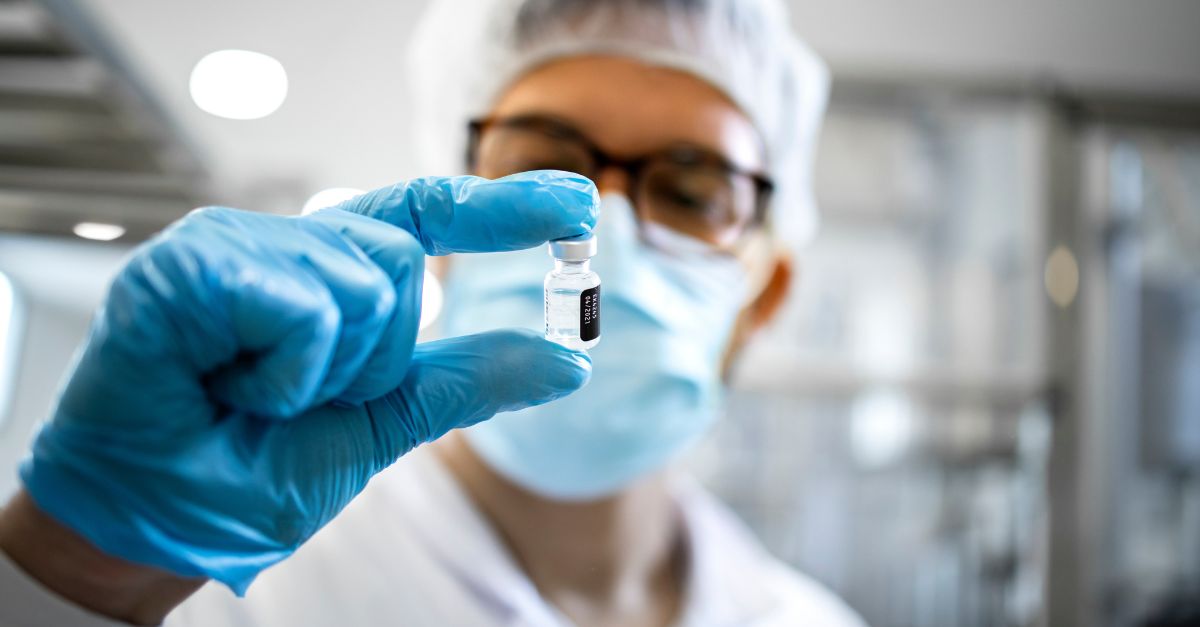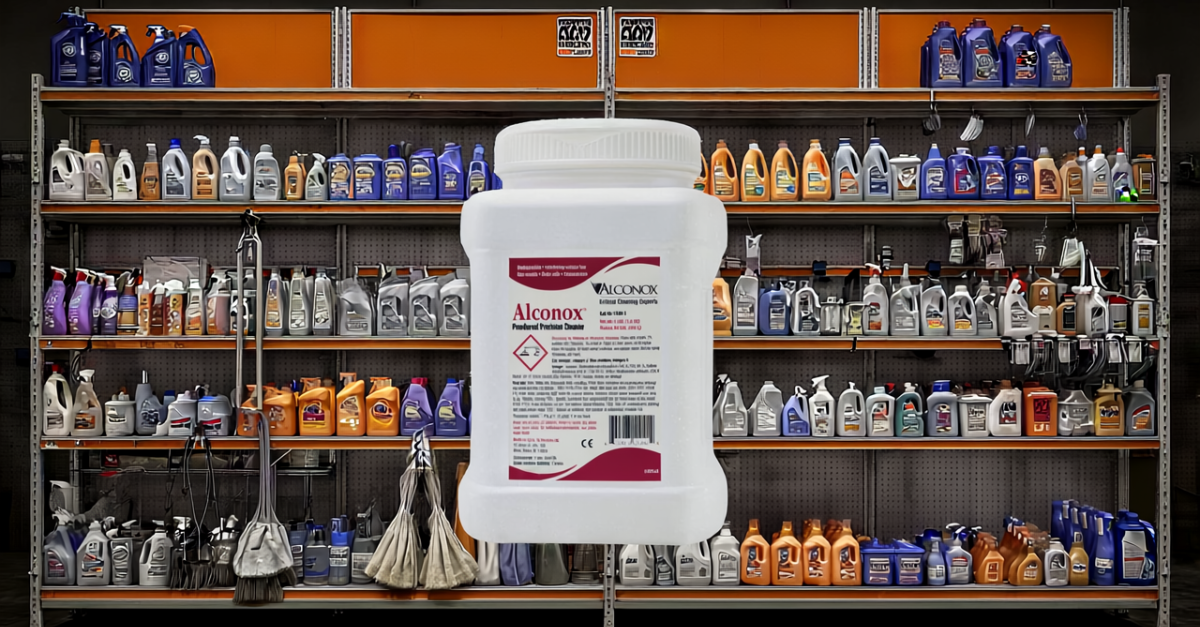
Q: We manufacture combination hormone therapy products containing progesterone and estrogen. Our CIP system isn’t consistently removing these residues. What cleaning approach would you recommend?
A: When dealing with hormone residues like progesterone and estrogen in pharmaceutical manufacturing, you’re facing one of the more challenging cleaning scenarios in our industry. These compounds are water-insoluble and resistant to the alkaline hydrolysis that forms the primary cleaning mechanism in most CIP systems. Since hormones are cytotoxic materials that can trigger biological responses at very low levels, achieving ultra-low residual levels isn’t just important—it’s absolutely critical.
The key to success with these stubborn residues often means recognizing when your CIP system simply can’t provide the cleaning mechanism you need. While low-foaming detergents work well in washers and high-pressure spray systems where foam would cause operational problems, they lack the powerful emulsification capability that high-foaming detergents provide. For water-insoluble hormones that resist alkaline hydrolysis, chelation, dispersion, and other hallmarks of low foaming CIP detergents, emulsification becomes essential. It’s the mechanism that surrounds and suspends these hydrophobic residues in detergent micelles, effectively solubilizing them into the aqueous cleaning solution.
When CIP methods fail to achieve consistent results with hormone residues, we recommend transitioning to a manual or clean-out-of-place approach. This means disassembling equipment where possible and cleaning small parts in ultrasonic baths or soak tanks using high-foaming detergents like Alconox® Powdered Precision Cleaner, Liquinox® Critical Cleaning Liquid Detergent or for the highest chance of success: Detonox® Ultimate Precision Cleaner. (Note that as Detonox detergent is our foaming detergent for “tough” residues.)
For larger components that cannot be disassembled, manual scrubbing in place with the same foaming detergent solution provides the mechanical energy and emulsification needed. The subsequent water rinse acts as a displacement event, carrying away the hormone-laden micelles and detergent solution.
One important consideration is that cleaning processes don’t always scale predictably. What works beautifully in bench-scale studies might fail when applied to full production equipment like large vessels or tablet machines. That’s why we always recommend a staged verification approach: start with coupon studies using your actual equipment materials and hormone residues, then verify at pilot scale before implementing and validating in full production.
An approach for validation, is to employ both specific assays for the hormone complex and non-specific methods like total organic carbon analysis to confirm complete removal of both product and detergent residues.
While COP cleaning can require more labor and operational complexity than CIP, it’s sometimes simply necessary. The alternative might be an expensive, complicated multi-cycle CIP process that still doesn’t achieve adequate results. Instead, COP cleaning with high-foaming detergents can accomplish in a single cycle what CIP cannot, leveraging the superior emulsification mechanisms that make the difference between inconsistent results and validated success.
Do you have a critical cleaning question for the experts at Alconox, LLC? Search TechNotes to see if it’s been answered before or Ask Alconox.
To request any Alconox, LLC detergents for free, please complete the questionnaire at Get Sample. For more information about any one of our Alconox, LLC detergents, consult the technical bulletin for each product. Or click here to access each of our detergent’s Safety Data Sheets



